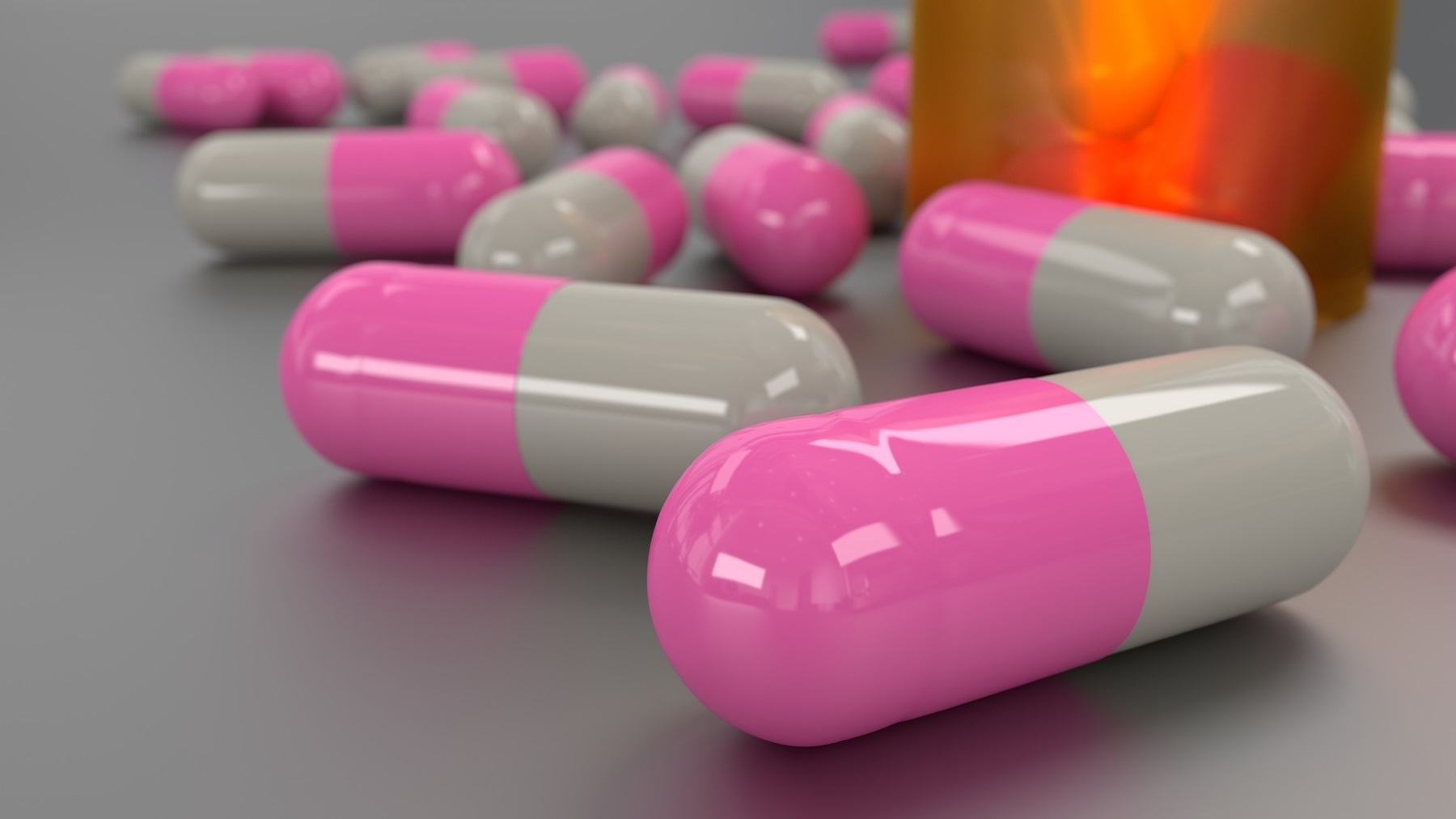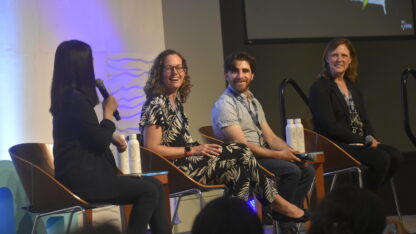Ga. Groups: Medications Left Out, Improper Use Of Child-Resistant Containers A Risk To U.S. Kids

The new study from the Centers for Disease Control and Prevention, Emory University’s School of Medicine and the Georgia Poison Center finds that more than half of the time when children get into prescription pills, the medications had already been removed from the child-resistant container by an adult.
Pixabay images
Across the country, tens of thousands of young children are treated in emergency departments each year after ingesting dangerous prescription medications.
A new study from the Centers for Disease Control and Prevention, Emory University’s School of Medicine and the Georgia Poison Center places the blame largely on parents and grandparents.
Dr. Dan Budnitz is the director of the Medication Safety Program for the Atlanta-based CDC.
He spoke to “All Things Considered” host Jim Burress about the study’s findings, which were published in this week’s Journal of Pediatrics.
Every year, there are about 400,000 Poison Center calls and 50,000 emergency department visits as a result of young children ingesting medications when adults aren’t paying attention.
The new study finds that more than half of the time when children get into prescription pills, the medications had already been removed from the child-resistant container by an adult.
The findings come from a study of calls to five U.S. poison control centers.
Child-resistant packaging keeps kids safe – but only when the pills are inside.
The study found four common scenarios in which young children get into prescription pills after the pills are out of their original containers:
- Removed to remember to take as prescribed: Adults put pills into pill organizers that are not child-resistant.
- Removed for ease of travel or transport: Adults put pills into baggies or other small containers that are not child-resistant to carry with them.
- Removed for convenience: Adults leave pills out on countertops or on a bedside table for someone to take later.
- Removed unintentionally: Adults sometimes spill or drop pills and may miss some when picking them up.
The CDC recommends keeping medications in the original child-resistant packaging. If one must remove pills from their original containers, a few precautions can help keep children safe:
- Use a container that is child-resistant.
- Securely reclose the container after every use.
- Put the container up and away and out of a child’s reach and sight immediately after every use.
- Keep purses, other bags or pockets with medicines in them up and away from young children.
- If pills are spilled when taking or transferring medications, double-check to make sure that all pills are picked up.
- Save the Poison Control help number in your phone – 800-222-1222 – and call right away if you think your child might have gotten into a medicine or a vitamin, even if you are not sure.
Click here for more information on what parents and grandparents can do to safely store their medications.





